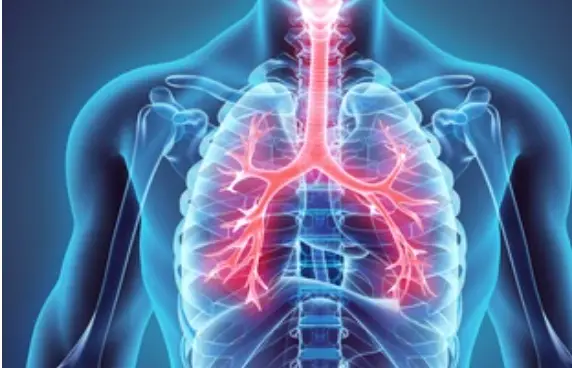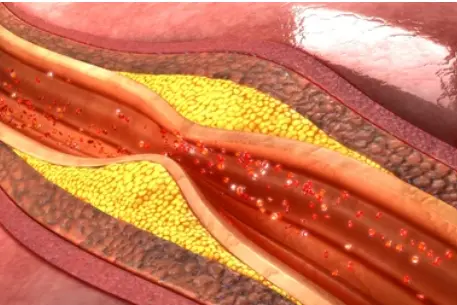 Welcome
Welcome
“May all be happy, may all be healed, may all be at peace and may no one ever suffer."
Stridor - Generics
Stridor is a high-pitched, wheezing sound that occurs during breathing when there is an obstruction or narrowing in the upper airway. It can occur during inspiration (breathing in) or expiration (breathing out), and is often described as a harsh, vibrating sound that can be heard from a distance. Stridor is most commonly associated with respiratory distress in infants and young children, but can also occur in adults.
Causes of stridor can include anatomic abnormalities of the upper airway (such as cleft palate, laryngeal web, or vocal cord paralysis), infections or inflammation of the upper airway (such as croup, epiglottitis, or laryngitis), and foreign body aspiration. In some cases, stridor can be a symptom of a more serious condition, such as a tumor or a neurological disorder.
Treatment of stridor depends on the underlying cause, but may include medications (such as bronchodilators or steroids), oxygen therapy, or surgical interventions (such as tracheostomy or laryngoscopy). Prompt medical attention is important for anyone experiencing stridor, as it can be a sign of a potentially life-threatening condition.

Sedation

Asthma prophylaxis

Hyperlipidemia

Severe anxiety disorders

Pityriasis versicolor

Tinea (pityriasis) Versic...

blockade

Pneumococcal meningitis
Stridor, স্ট্রিডর
To be happy, beautiful, healthy, wealthy, hale and long-lived stay with DM3S.